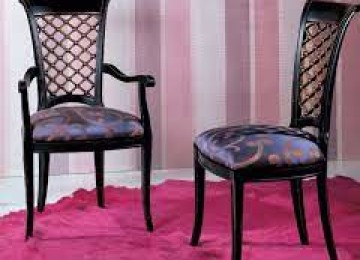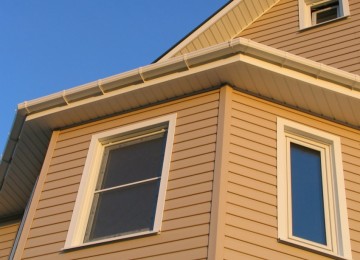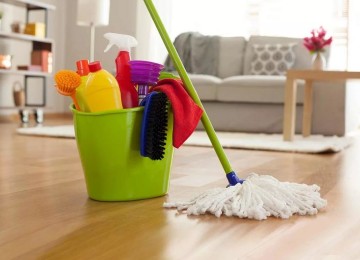Whiteness is an aqueous solution with a bleaching and cleansing function. The product helps to actively fight stains and dirt. Is it possible to wash floors with white? The product must be used with extreme caution to avoid negative consequences in the form of stains or damage to the floor surface. We will tell you how to use whiteness in the article.
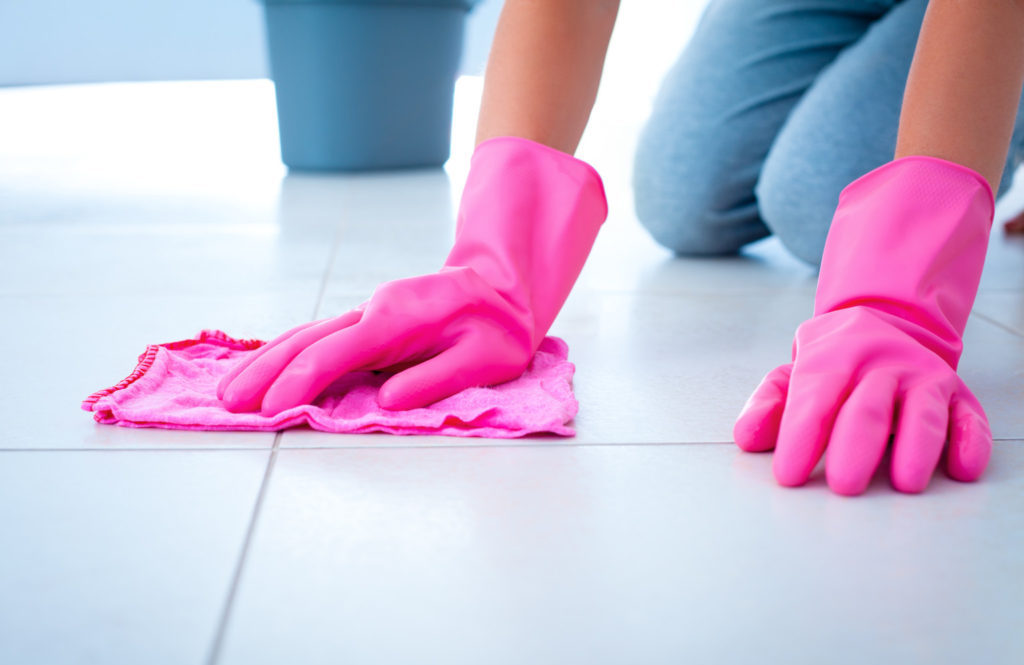
A complete guide to using Whiteness as a disinfectant
For disinfecting an apartment, “Belizna” will be the most optimal solution. Thanks to the main component of active chlorine, the solution is a powerful antiseptic and is extremely effective against numerous microorganisms.
Description of the composition and varieties of “Whiteness”
The composition includes sodium hypochlorite, which provides the detergent with technical characteristics and properties. This light yellow substance with a specific odor consists of 95% active chlorine.The question arises - is it an alkali or an acid? “Whiteness” can simultaneously react with both acidic and alkaline oxides.
Varieties:
- Liquid bleach. The most budget-friendly, in volumes of 1 and 5 liters. It is used for bleaching laundry, disinfecting floors, cleaning toilets and pipes.
- Gel is a concentrated product for whitening and disinfecting surfaces. Suitable for cleaning the toilet, removing stains from white linen, washing bathroom fixtures, plastic and tile surfaces.
- Instant chlorine tablets are used to prepare a solution of the required concentration.
The last two varieties appeared on sale relatively recently. Whiteness is liquid, gel, tablet - you decide which method of using whiteness is most suitable.
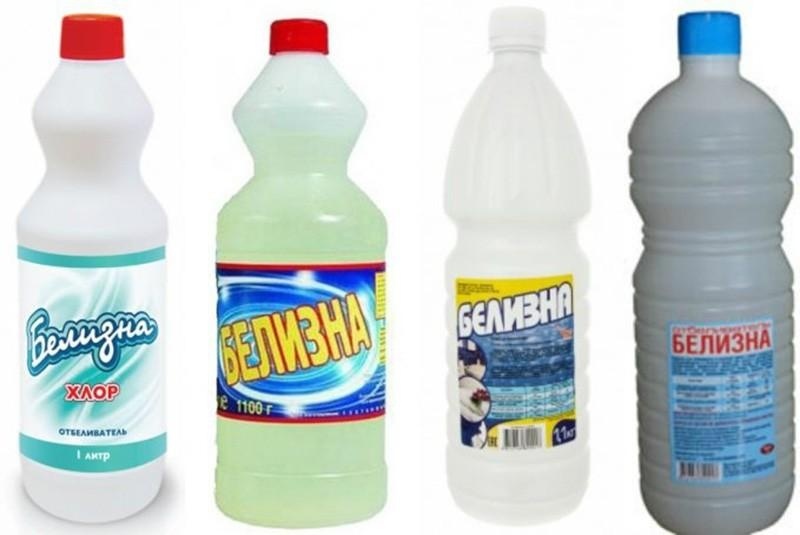
Application in disinfection
Among housewives, the use of whiteness in everyday life is common. This love is caused by the low price and super-effectiveness of the product.
What is white used for:
- remove grease from kitchen towels;
- bleach things;
- disinfect from germs;
- prolong the beauty of cut flowers;
- get rid of unpleasant odor from sewer pipes;
- clean the pool or sauna;
- clean the cat's litter box;
- remove mold and mildew;
- clean the glass;
- disinfect and remove clogs in the toilet;
- eliminate the smell of sweaty feet;
- clean the aquarium;
- create designs on clothes.
After treating with bleach, after a few minutes it is necessary to rinse the surfaces with clean water.
Is it possible to wash the floor
The active components contained in the solution help to successfully cope with various types of contaminants.Due to its aggressive effects, whiteness cannot be considered a universal remedy intended for wide use. For floor cleaning, whiteness is used taking into account the type of coating, since the active alkaline effect can only be withstood by resistant surfaces.
Let's look at the strengths and weaknesses of using white for flooring and disinfection.
Pros:
- budget cost;
- high-quality cleaning of floor surfaces during an epidemic of infectious diseases;
- high efficiency in relation to the bulk of pathogenic microorganisms;
- the effectiveness does not depend on the temperature of the solution;
- removal of organic stains;
- elimination of unpleasant odors associated with keeping animals (for example, cat urine);
- thrifty spending;
- use for different types of surfaces.
Minuses:
- Strong smell;
- aggressiveness and toxicity;
- Use the product only with rubber gloves.
From the above, it becomes clear why whiteness is used.

Linoleum
Is it possible to wash linoleum with white? There are different opinions among housewives. Some argue that using chlorine-containing substances to clean floors is strictly prohibited. And others believe that you cannot find a better means for disinfection. Besides, why overpay for expensive special floor cleaning products if you can use something that is no less effective and inexpensive.
How to use the composition for cleaning linoleum floors? An important condition for using white for cleaning linoleum floors is the concentration of the substance. If you add 1-2 caps of the product, the linoleum will not be damaged in any way.A protective layer of polyurethane reliably protects the floor covering and makes it possible to use various household chemicals
Laminate
Laminate is considered a capricious floor covering, demanding in the choice of care products. Therefore, before disinfecting with a chlorine-containing substance, it is necessary to test the effect of the product on a small area.
To do this, you need to dilute a small amount of white with clean water and treat the surface. If no changes have occurred after a couple of hours, you can start washing the laminate. And another important point - to prevent water from affecting the laminate board, you should carefully wring out the cloth.

Main limitations and risks when using “Whiteness”
There are certain limitations when using white:
- cannot be used if you are allergic to chlorine;
- for pregnant and lactating women;
- for those under 18 years of age;
- It is unacceptable to mix with ammonia, acid, alcohol, vinegar essence, or ammonia.
If side effects or worsening of bronchopulmonary diseases occur during disinfection with white, the treatment must be stopped and the room ventilated.
Effective dosing and application methods
White is widely used for cleaning floors and disinfecting at home. Whitening, disinfecting, cleansing properties allow you to achieve amazing cleanliness and hygiene. At the same time, it is important to know how to dilute whiteness so that problems do not arise due to improper use of the product.
Instructions for use for disinfection with white:
- in universal cases, use 50 ml per 10 liters of water;
- for disinfection during an epidemiological situation, use 100 ml per 10 liters of water;
- if the degree of contamination of the floor covering exceeds acceptable standards, the dosage is increased;
- to bleach fabrics when soaking, add 2 tbsp. spoons of whiteness per 10 liters of water;
- to get rid of stains and mold, use 50 ml of product per liter of water;
- for cleaning plumbing equipment (toilet, sink, bathtub), as well as tiles, use 100 ml per liter of water;
- to disinfect household items and hygiene of pets, use 200 ml of product per 5 liters of water;
- To clean sewer drains and get rid of unpleasant odors, pour at least 1 liter of white into the plumbing hole and leave to work overnight; in the morning, wash the pipes with plenty of water.
The concentration and type of the substance requires its use strictly according to the instructions. Therefore, before starting work, you need to study the rules for using the tool.
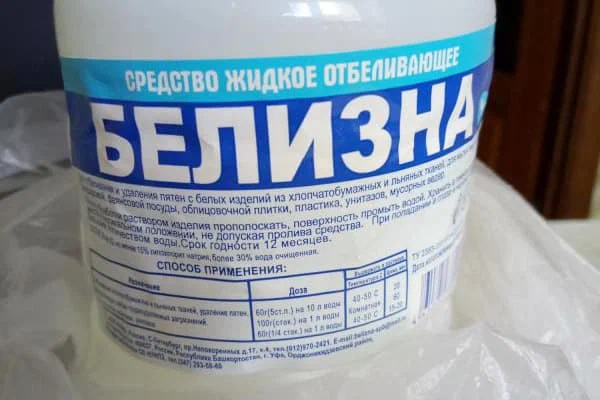
Instructions for preparing a solution to combat infections
To prepare the solution, you will need three ingredients: water, whiteness, and a plastic storage container. Whiteness kills germs, so the product attracts a wide range of users.
Cooking steps:
- Prepare a plastic container with an airtight lid to prevent vapors from escaping and maintaining disinfectant properties.
- Fill the prepared container with clean water a quarter and add 1 tbsp. a spoonful of whiteness.
- Mix the ingredients thoroughly so that the white is completely dissolved in the water.
- Add the remaining water.
- Close the lid and store in a dry place.
The solution prepared in this way can be used to fight infections.
Possible reactions and side effects
Frequent treatment of premises with chlorine-containing solutions may result in poisoning by toxic fumes:
- tearfulness, burning sensation of the eye shell;
- difficulty breathing and chest pain;
- severe headache and dizziness;
- nausea and vomiting;
- severe fatigue and unexplained weakness.
If at least one of the symptoms appears, you should immediately stop contacting the white stuff and seek medical help.
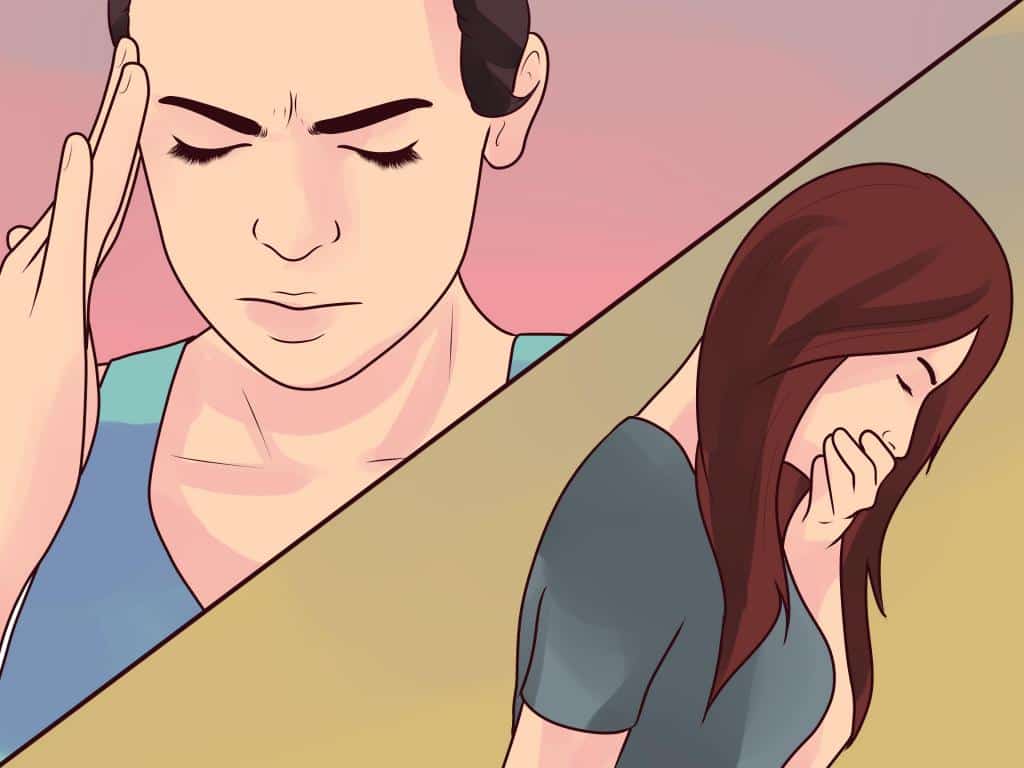
Preventive safety measures when processing premises
When working with white, you should strictly follow safety precautions:
- prepare the solution in a ventilated area only wearing rubber gloves, use a universal respirator, protective screen or goggles;
- The product should not be mixed with hot water; you can add washing powder or laundry soap;
- carry out processing in the absence of people and pets;
- After cleaning or processing, ventilate the room for at least 20 minutes;
- Do not use for leather goods, colored fabrics, furniture upholstery, wool, silicone, acrylic, digital equipment.
If whiteness gets on a product, clothing or a person’s mucous membrane, it is necessary to rinse with copious amounts of water.
Rules and periods for storing disinfectant
General storage conditions:
- stored in a dry, cool place, in which entry to minor children, pets, and incapacitated people is restricted;
- storage temperature range from +5˚С to -25˚С;
- before storing for storage, it is necessary to check the density of the packaging;
- should not be left near heating devices, fire, food, or medicines;
- shelf life of undiluted whiteness is 1 year;
- When frozen and overheated, it loses its disinfectant properties.
Expired goods must be disposed of.
Conclusion
In the article, we looked at what whiteness is used for and found out that the use of a chlorine-containing product perfectly disinfects surfaces and kills pathogenic fungi and bacteria. Whiteness prevents the spread of mold and fights unwanted odors. At the same time, you need to wash the floors with whitewash with caution, diluting the solution strictly according to the instructions. And then your home will always shine with cleanliness and be filled with fresh aromas.






